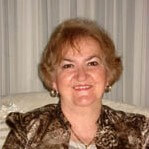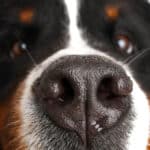
Home » The Giant Schnauzer – Origin & History
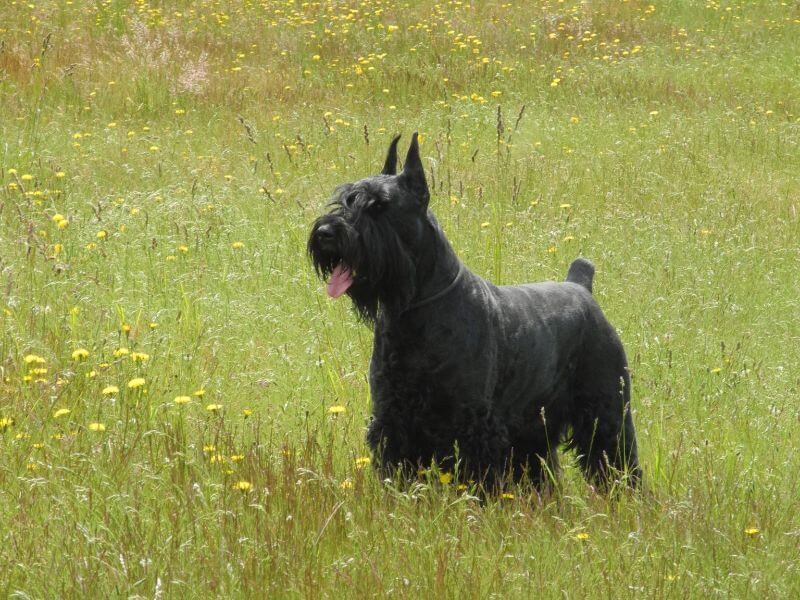
Early accounts of the Giant Schnauzer state that the breed was developed in the kingdoms of Wurttemburg and Bavaria in Southern Germany. It was a farm herding type of dog, multi-hued, mostly black in color, but sometimes a yellow or reddish color, or pepper-salt, or gray. In 1876, the “Bavarian Wolf Hund” was described as a strong, black or black-brown dog with a rough or shaggy coat and a strong chest, distinguishing itself by its courage, by holding together herds of hogs and cattle, and by being particularly fit for protection from hostile attacks.
It was an established breed by the end of the nineteenth century, but the few breeders were extremely secretive, never revealing their breeding records, nor offering outside stud services or selling their dogs. It is theorized that the early Giant Schnauzer was developed from crosses with smooth-coated drovers, rough-coated shepherd dogs, black Great Danes, and Bouviers des Flanders. Also, it is further suggested that because the resultant dog resembled a larger edition of the already well-known and older Standard Schnauzer, an infusion of Standard Schnauzer blood was given to reinforce type.
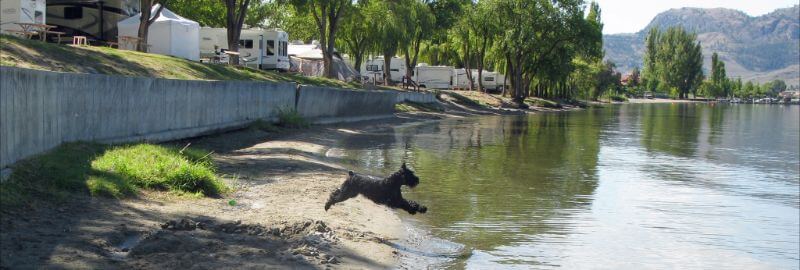
In 1909, the breed was first exhibited in Munich, Germany, as Reisenschnauzers, the name they are still given today in Europe. The dogs were also called Muchener, or Munich Schnauzers, because of their popularity in the town of Munich. Even at this early first show, the judge was confronted with two different types of coat. Along with the rough-coated dogs, there were exhibits with long, smooth hair, dubbed Russerls or Bear Schnauzers. In the end, a coarsely haired black male was chosen as the best representative of the breed.
The Giant Schnauzer’s characteristics were greatly valued by the local stock breeders, butchers, and brewery owners, his greatest asset being that of a steadfast guard. As well as being used to herd and move livestock, his intelligence and sharpness were used to guard his master’s possessions and to accompany and protect wagons during travel. With the decline of cattle driving, the Giant Schnauzer’s strong, agile body and his active, alert, and reliable temperament made him noticed by the police and law enforcement services, and he soon began a new career in the field of guard and police work. In 1925, the breed received official designation in Germany as a working dog.
In 1910, called the birth year of the Giant Schnauzer, the German Stud Book entered nine Munich Schnauzers. Four were pepper/salt, three were black, one was brown/yellow, and one was grey/yellow. There was a conglomeration of types, colors, hair textures, and sizes. After this, as the type came closer to that of the Standard Schnauzer, the name Giant Schnauzer was adopted. Gradually, breeders selected two color varieties, black and pepper/salt, with the black soon becoming dominant.
The Giant Schnauzer made slow progress in North America when it was first imported in the 1920s. He arrived at a time when the German Shepherd Dog was at the peak of his popularity. The AKC gave them recognition in 1930 and the CKC had the first two Giants registered in 1934.
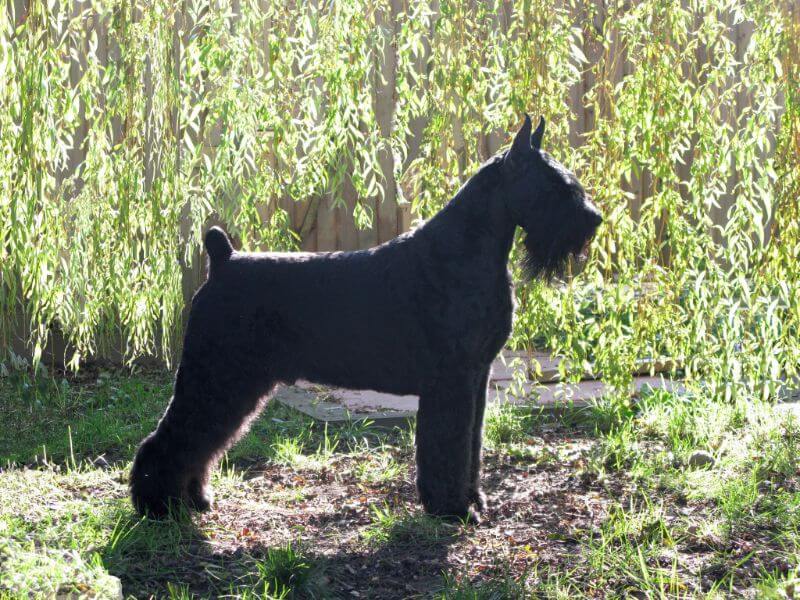
The Giant Schnauzer has always been praised for his intelligence. Along with his spirit, alertness, and reliability, the Giant has a robust and agile build. Although, his name is “Giant,” this is not technically a giant breed. He is simply the largest of the three schnauzer breeds, being the giant among them.
While the Standard Schnauzer has been held strictly to its original size by setting a disqualification in the Breed Standard, the size of the Giant has been allowed to increase gradually over the past thirty years, from a range of 21-1/2 to 25-1/2 inches to the present 23-1/2 to 25-1/2 inches for females and 25-1/2 to 27-1/2 inches for males. For the show ring, size might seem impressive, but few breeders and owners want to see the Giant pushing the maximums. The Breed Standard clearly states “mediums” preferred. In his duties in police and army service, he must have the weight and strength for “man-work.” If he is too large and heavy, he would lack the required speed and agility. If too slight and light, he would lack the power.
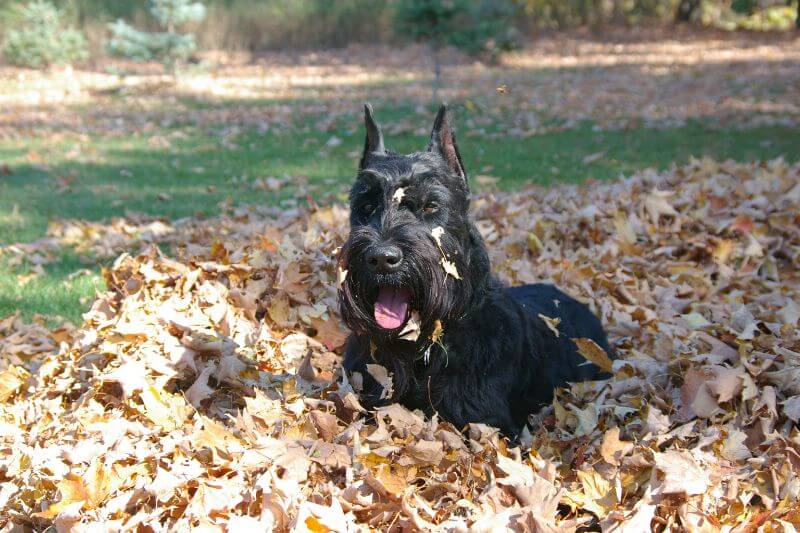
The primary function of a Giant Schnauzer these days is being a devoted family member, a guardian of the home, and an enthusiastic performance dog. These functions require a dog with a sound temperament and a reliable, responsive disposition. Giant Schnauzers are an excellent choice for those wanting a willing and active companion, but they are not the right choice for everyone. They are a dominant dog and can quickly take control if given the chance. It is essential they learn basic obedience and understand their position in the household, which is their pack. Their legal position in this pack is below all the humans. Once the order is established, they are great family dogs and reliable, devoted companions. Although they are alert and watchful towards strangers, they are basically non-aggressive and are excellent natural guard dogs. They are most happy when they are with you, having a willingness to please. They do best with mental stimulation and lots of exercise.
Many Giant Schnauzers are still in careers of service to man. They are used in police and army forces for tracking, guarding and protection. Search and Rescue Giant Schnauzers were deployed in the 1985 earthquake in Mexico City and the 9/11 attack in New York City. Currently, they are successful participants in every known dog activity, including Pet/People Therapy, Agility, Obedience, Backpacking, Carting, Drug and Bomb Detection, Herding, Schutzhund, Sledding, Skijoring, Tracking, and Boating, to name some. They are a versatile, willing working dog.
The Giant Schnauzer can be a confusing breed to understand. There are many different visual inconsistencies that meet the eye. First of all, it must be understood that the Giant is a working dog. He was bred for a purpose and his size must reflect this. He should be strongly built, sturdy, and well-muscled. The Giant is a robust, more heavy-set than slender, dog. He should have more bone than a Doberman Pinscher and less than a Rottweiler. The desire for elegance and eye appeal in the show ring should not allow a build that is tall and narrow, too slight, or racy or weedy.
In an analogy to the horse, a Giant Schnauzer should be compact with plenty of substance for his size, like a Quarter Horse or Polo Pony. He should neither be like a heavy draft horse, or like a tall, long-legged Thoroughbred racehorse. The Giant Schnauzer must be agile and quick on his feet, having himself all together when gaited on a loose lead as well as when stacked or posed.
In being a sturdy dog, the Giant should have a strong head. It should appear to be large and sufficiently wide to accommodate strong cheek muscles without being bulky. And, for this head, which is half the length of the back, the neck must be strong also. The tall, elegant specimen, with a narrow, long head and a thin, exaggerated neck is not the breed’s outline. The neck should be strong, well arched, of moderate length, and not directly upright of the shoulders.
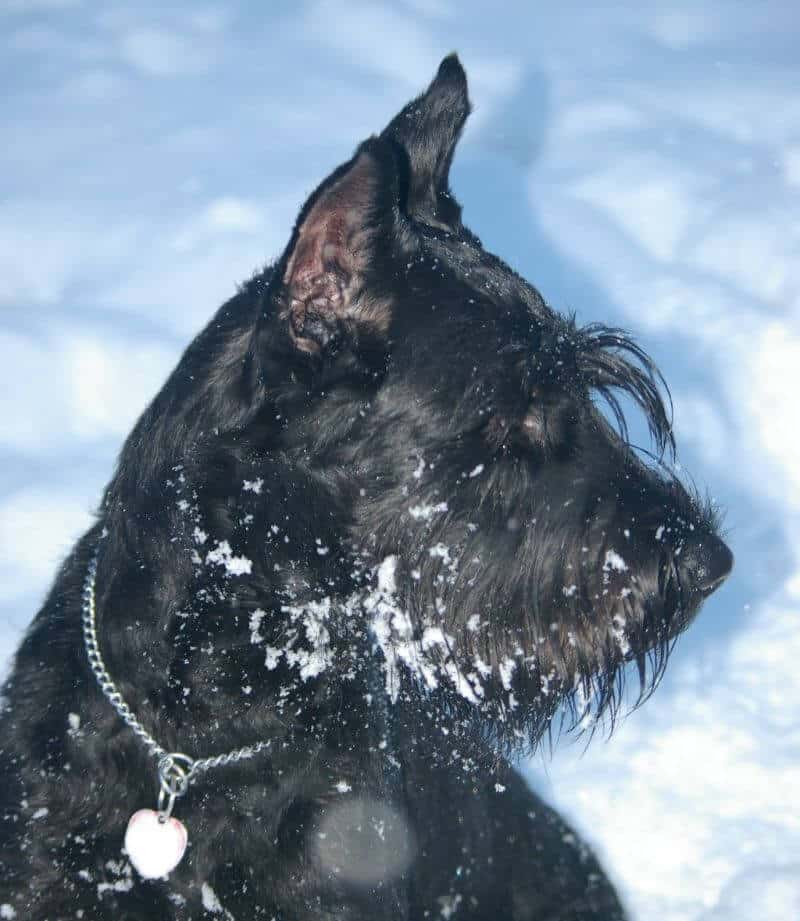
Fronts have always been a weakness in the breed. The correct shoulder angulation, with proper return of upper arm, broad chest, and strong sternum is very much desired. The Giant Schnauzer is not a terrier and it should have no appearance of a terrier front. A properly built Giant Schnauzer will move smoothly, covering ground with long efficient strides, demonstrating good reach, to balance a strong driving rear. A dog that lowers his head and turns his ears back when in full stride is maximizing efficiency in his movement and should not be penalized. Often, show specimens move about the ring with head and ears at attention. This movement is not conducive to good reach and good driving power.
The subject of much confusion and of the most questions asked is the one of coat. Variance in coat type has always been an issue in the breed, as written even in the early origins. The genetic pool already consisted of harder-coated dogs and softer, more profusely coated ones. A body coat that is dense, weather-resistant, and wiry is called for. The Breed Standard is not very descriptive in defining furnishings that are shaped and trimmed on the legs of the dog. Breeders dedicated to showing Giants work hard to maintain the proper texture on the body of the dog, and yet have a dog with leg furnishings to shape.
Often, two types of dogs will be seen. They have been dubbed the European “hard-coat” and the American “soft-coat.” Actually, in visual observation, one could call the European hard-coat the “short coat,” and the American soft-coat the “long coat.” The hard coat, or short-coated dog, will have less length and thickness in the leg furnishings. The soft coat, or long-coated dog, will have leg furnishings that are much longer and thicker. On these dogs, it is necessary to conduct a thorough hands-on examination to determine the body under the coat.
When observing these dogs in motion, be aware of how the movement and grooming of the furnishings can disguise the actual lines of the dogs’ legs. A good-moving dog might not look as clean moving, and a bad-moving dog will look better, depending on the skill of the groomer! No matter the length of hair seen on the legs, the body hair should be strong, hard, and wiry, with a dense undercoat.
It is important to remember that in evaluating Giants, they are composed of many parts and the coat is just one of them. The animal should be judged as a whole. Coat should not be the only reason to penalize an exhibit if the dog excels in other virtues, especially when judged against inferior animals that excel only in coat. And, on the other hand, harder-coated dogs must not be dismissed because they lack the fancy, profuse furnishings of the elegant dogs that are well sculpted and immaculately presented. A sound body and a good temperament are of utmost importance!
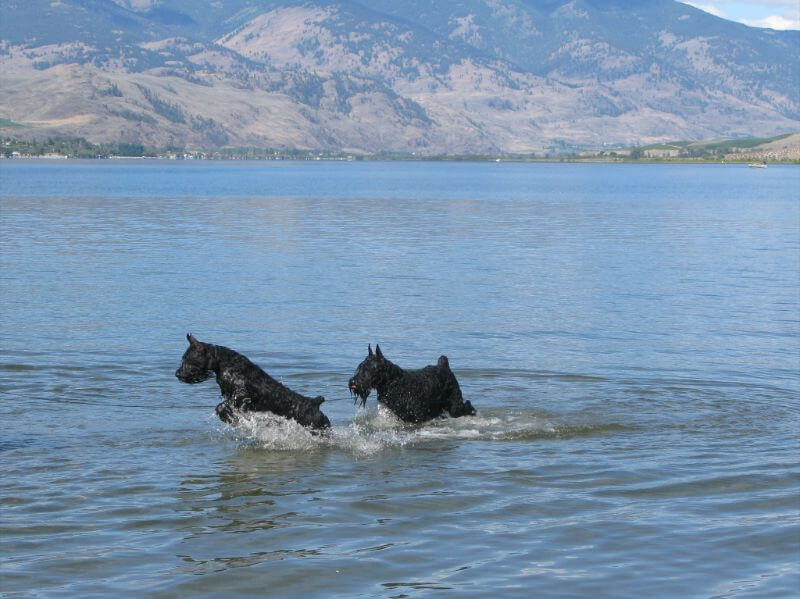
The Giant Schnauzer has been known as a relatively healthy breed compared to some others. Their average life expectancy is twelve years, which is reasonably good for a large dog. Since the early imports, a major concern has been hip dysplasia. With concerted efforts on the part of all the early breeders, the breed maintains a good percentage of dysplastic-free dogs. Certified hip clearances are still, and always will be, a necessary requirement in breeding programs. Hypothyroidism, epilepsy, toe cancer, and urinary incontinence are also concerns. These and other disorders are health conditions that are known to exist in many breeds and are not limited to the Giant Schnauzer alone. Breeders are diligent in following health tests and certifications on their dogs.
The Giant Schnauzer is a versatile breed, making a smooth transition from the farms of Europe to the homes in North America. The breed has been lucky enough to be desired by people who appreciate its unique qualities. It has been dubbed “The dog with the human brain.”
More information can be found at the Giant Schnauzer Club of America’s website.
